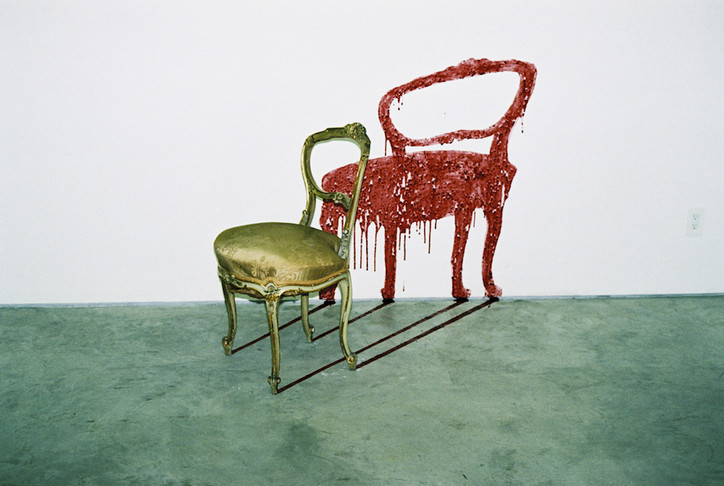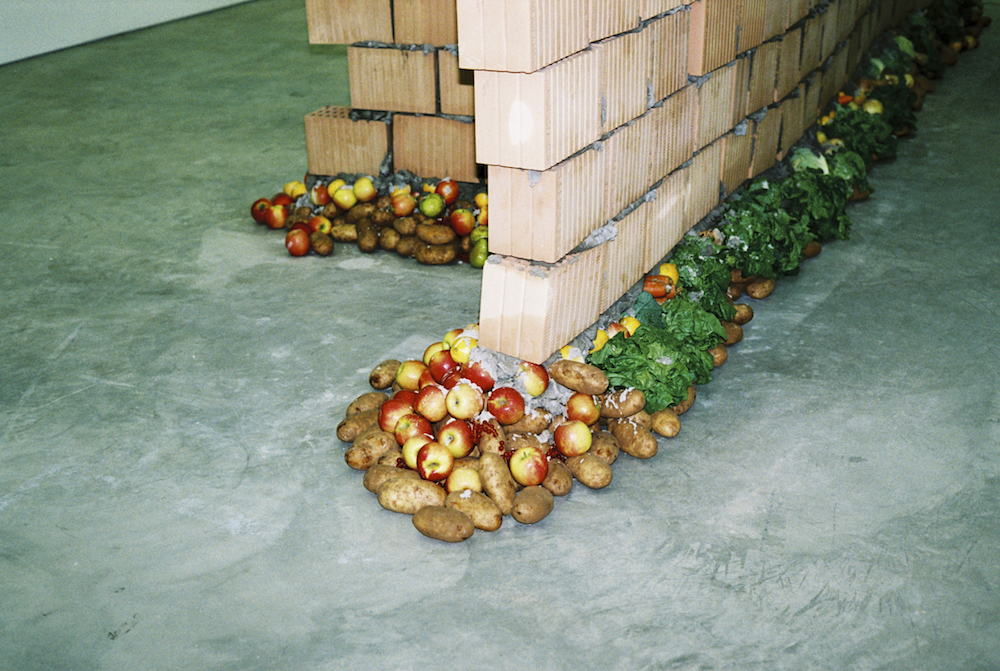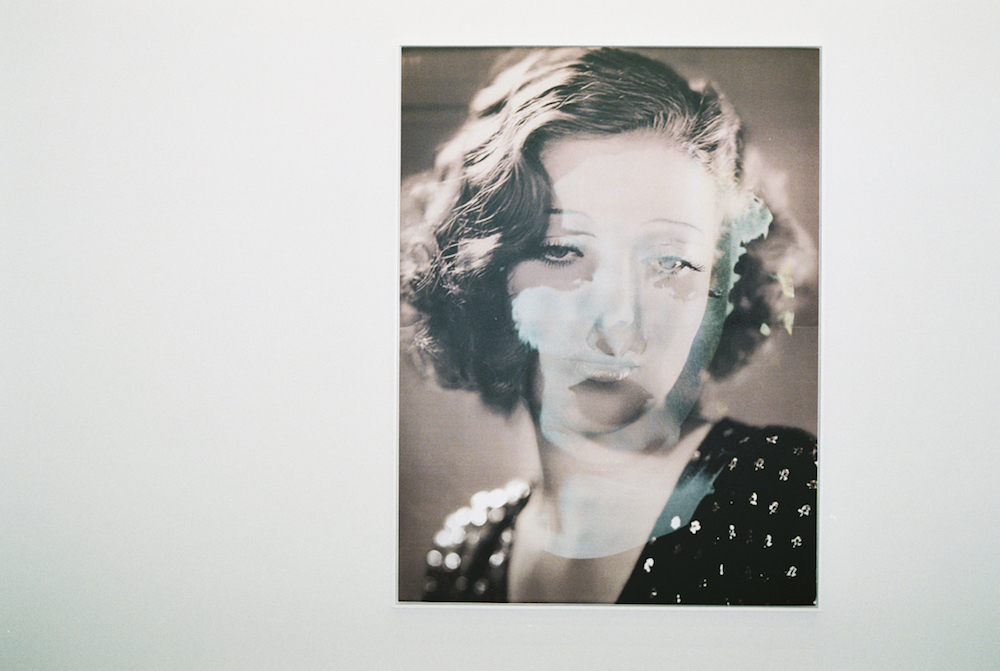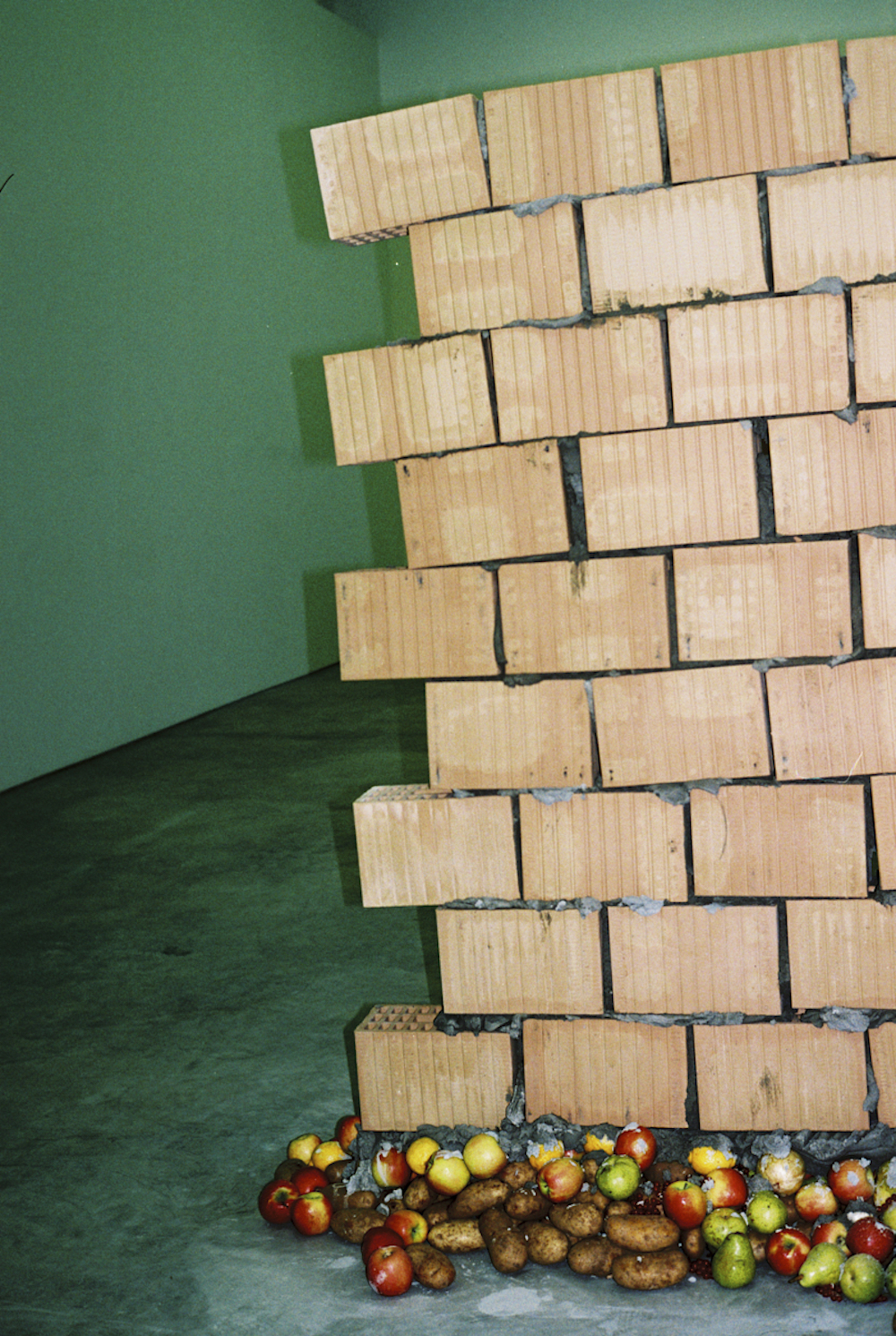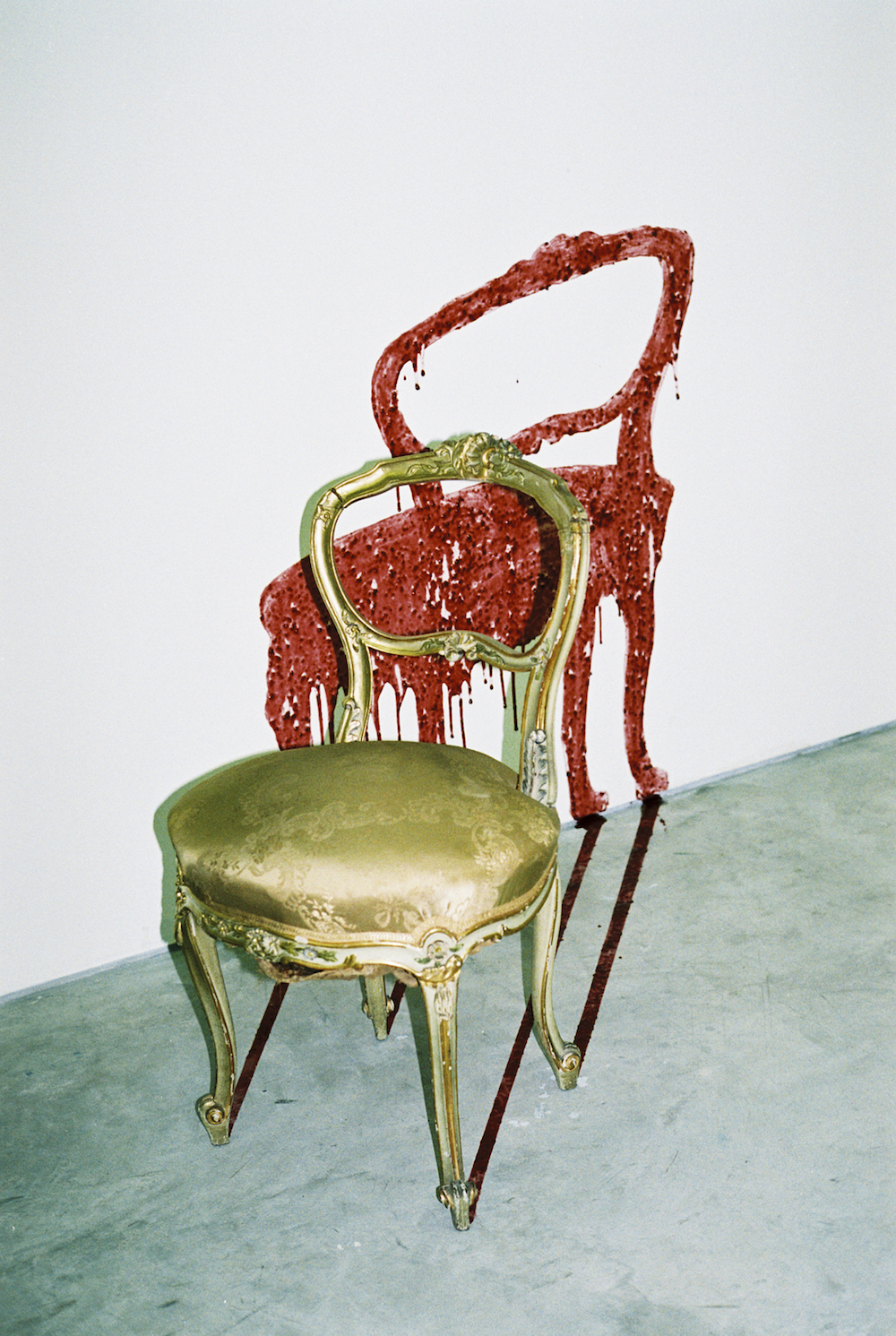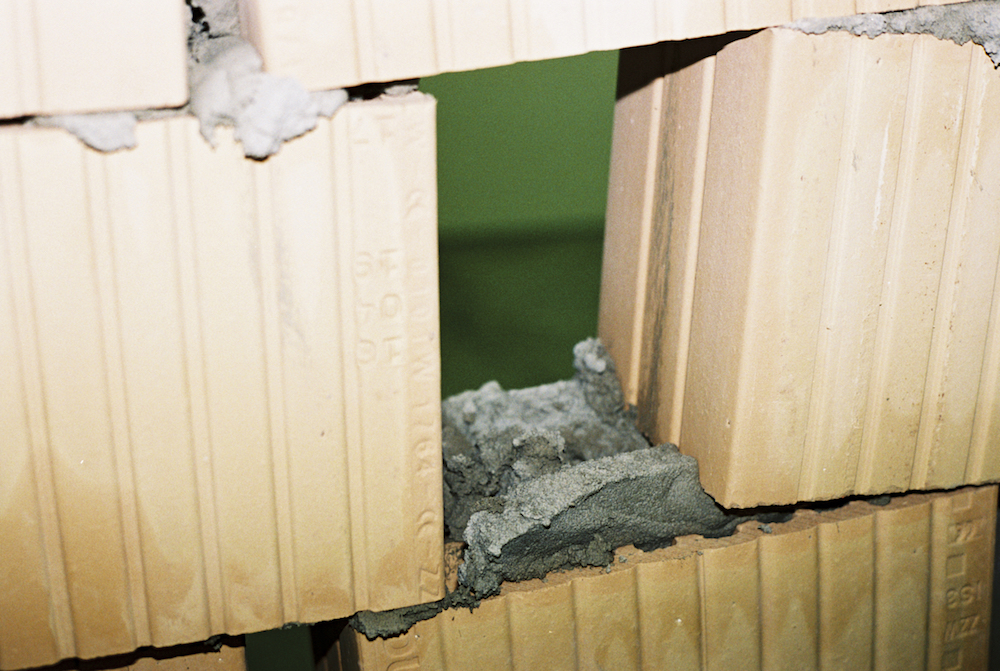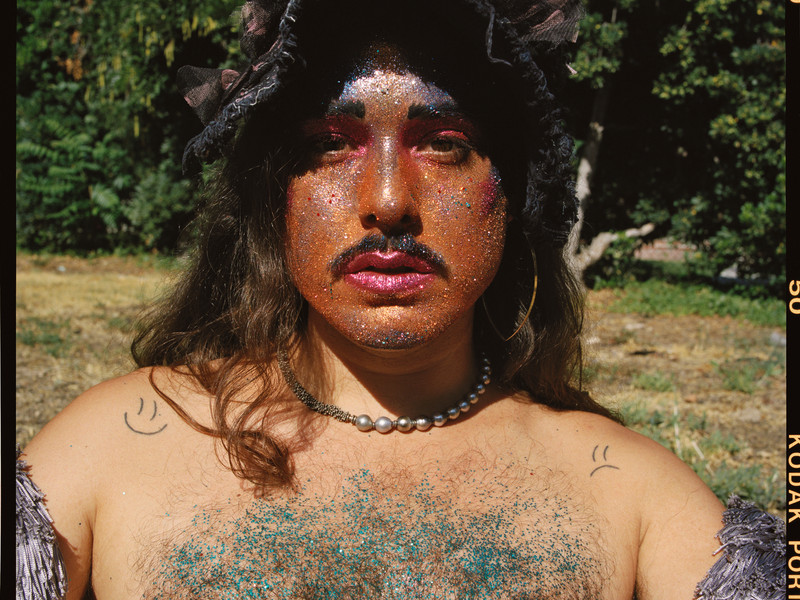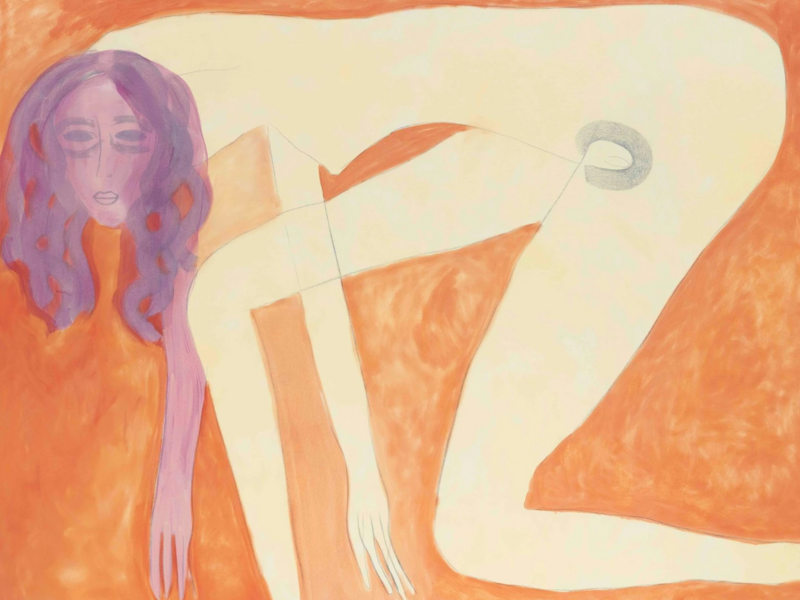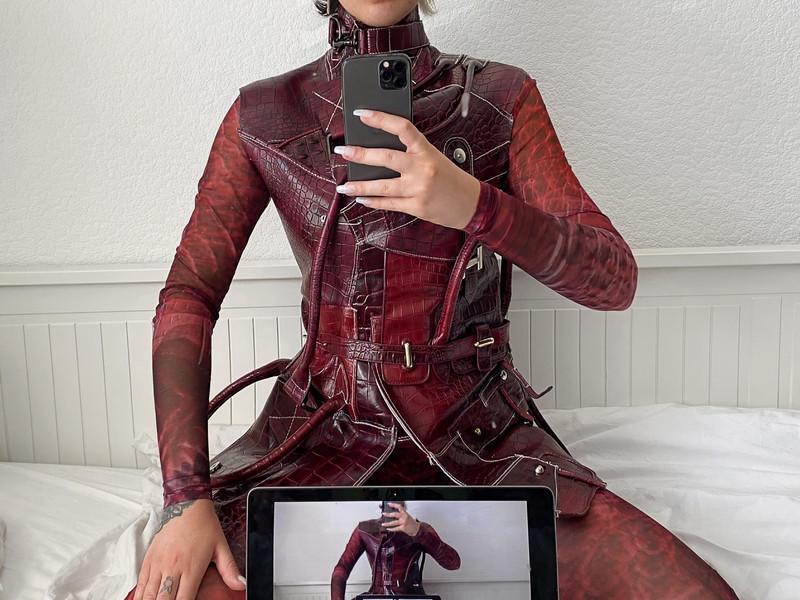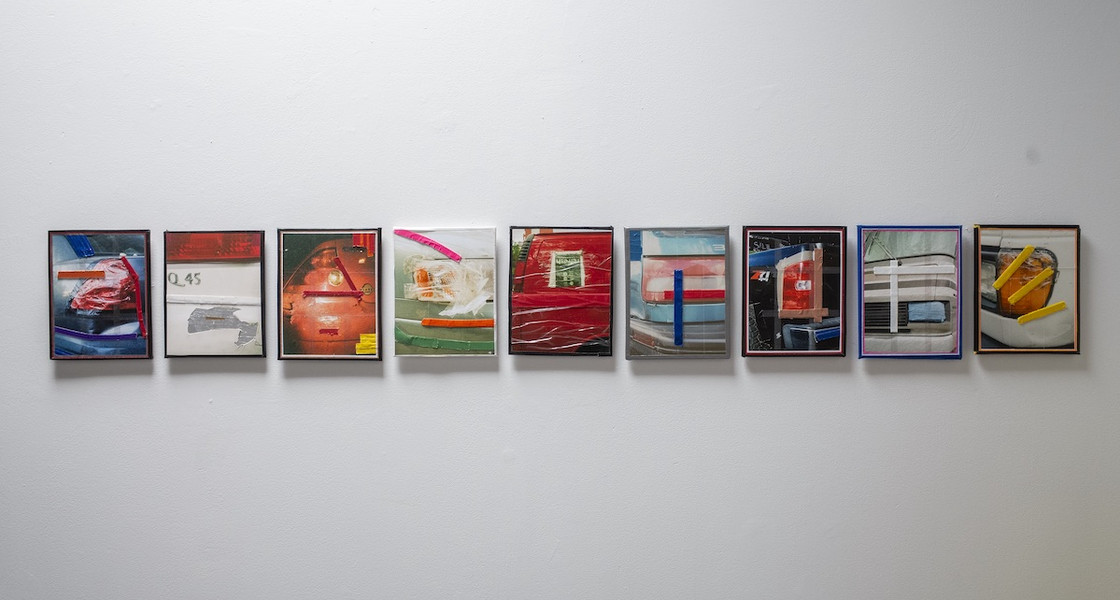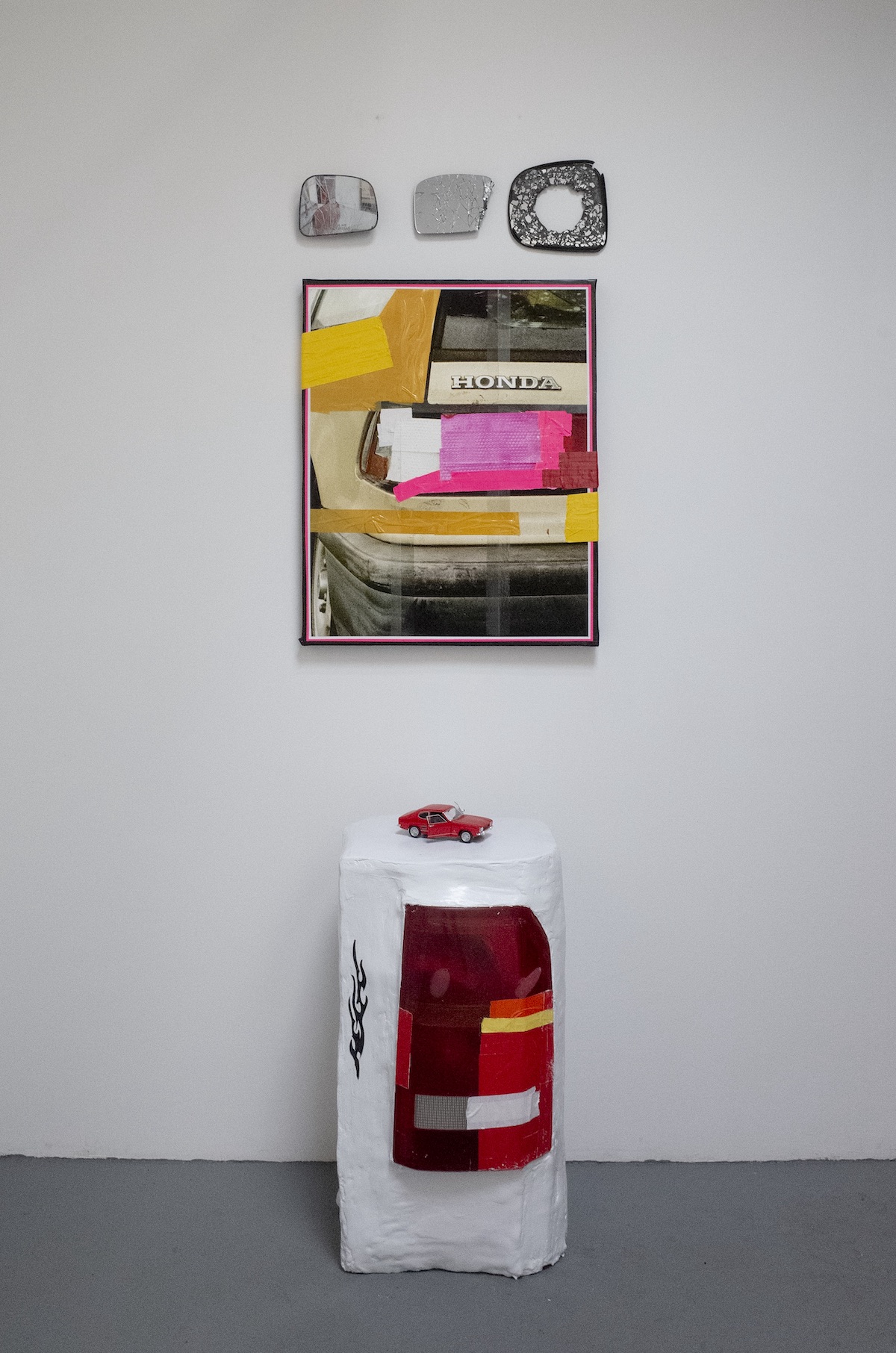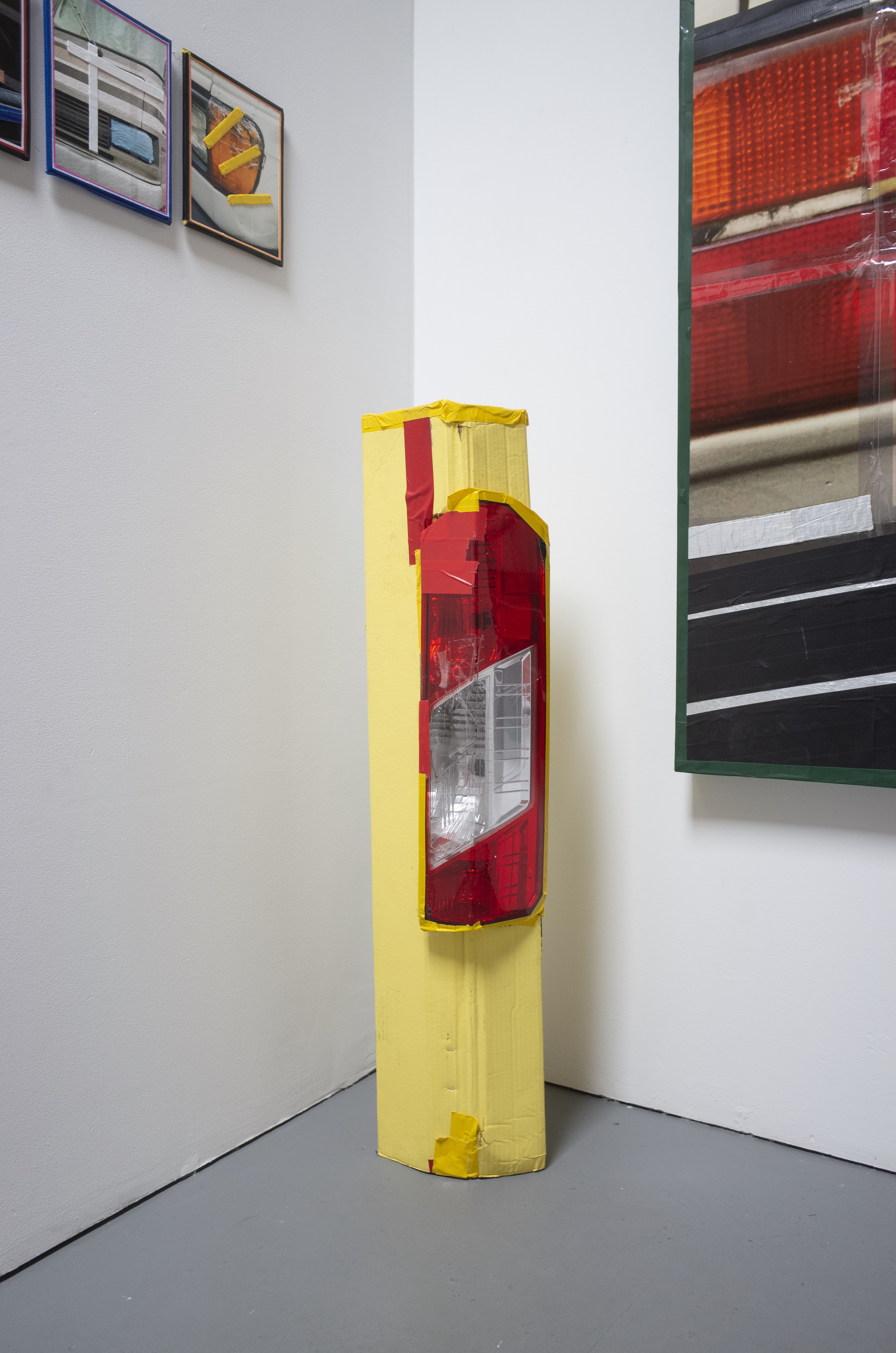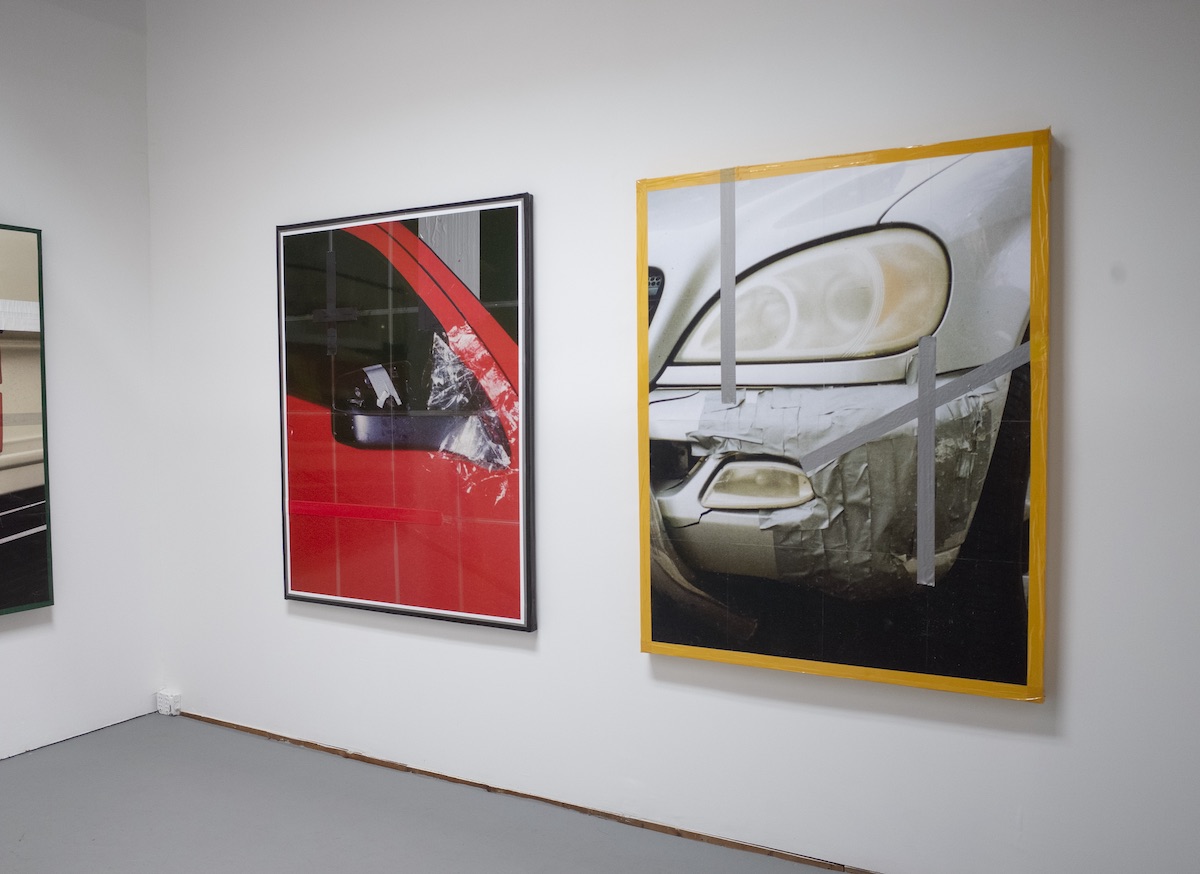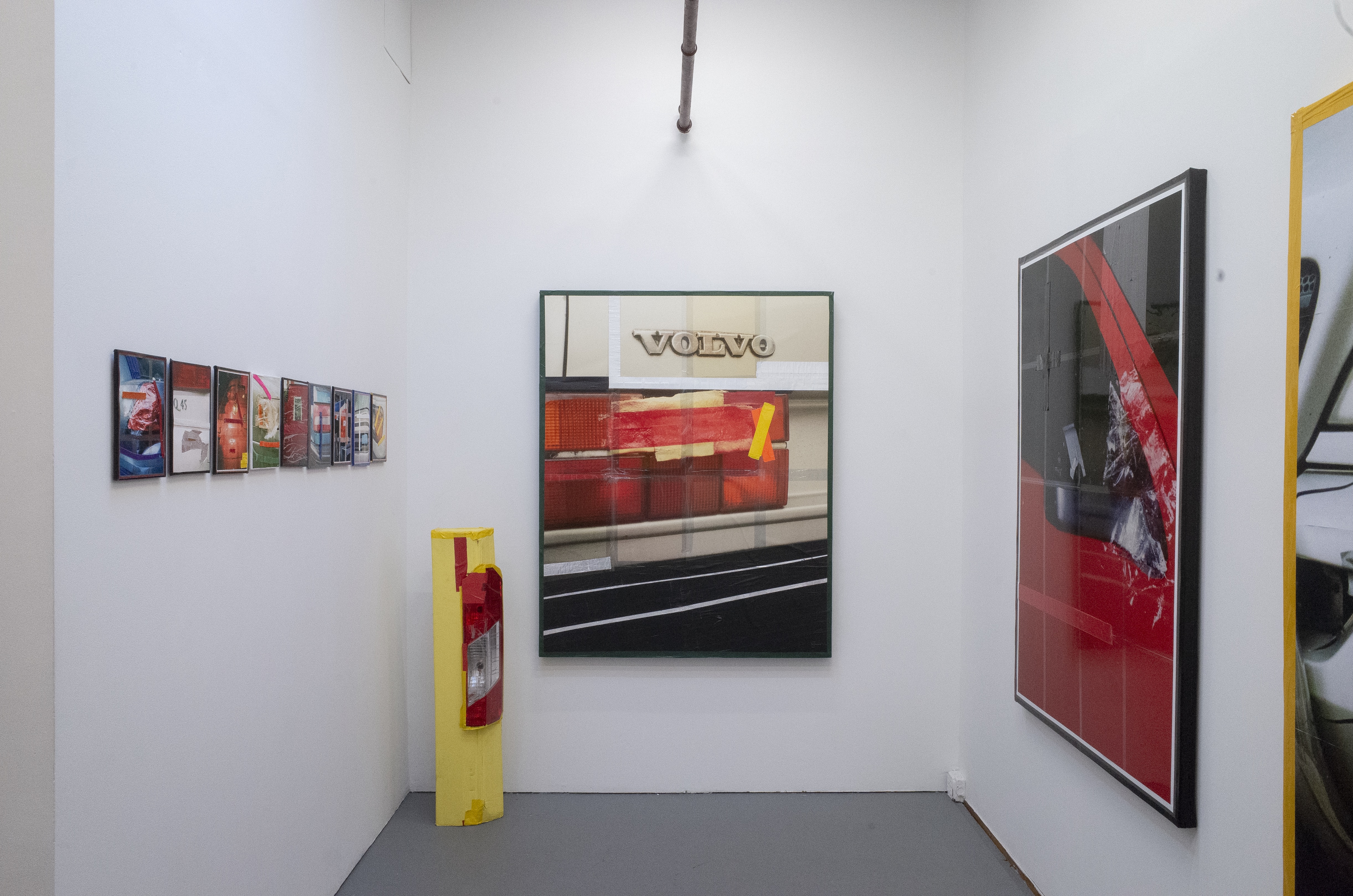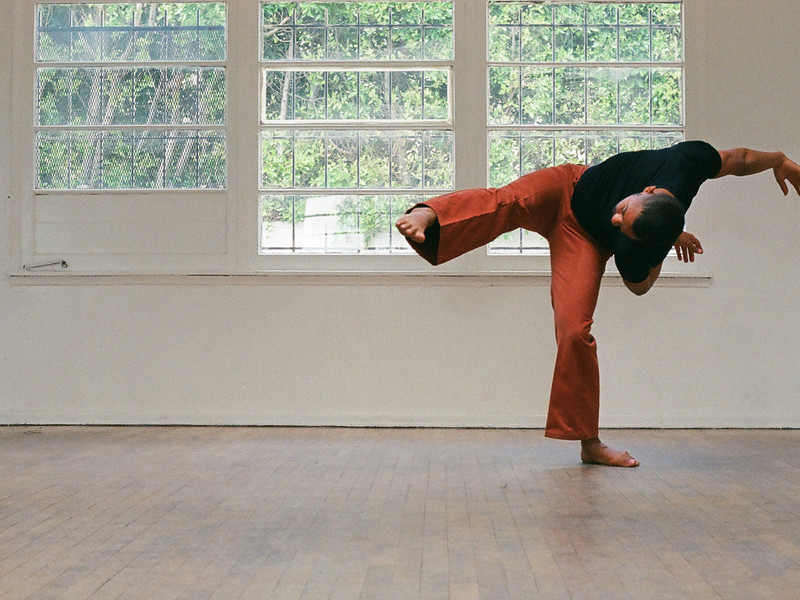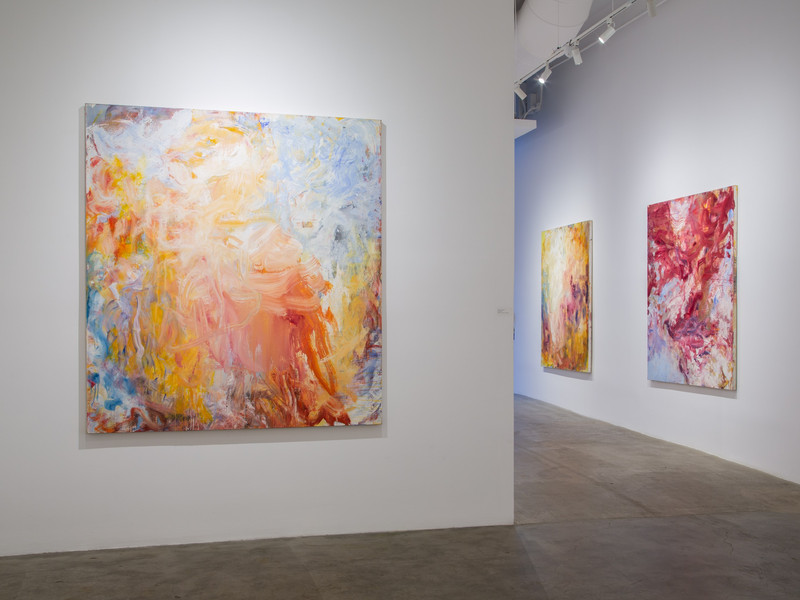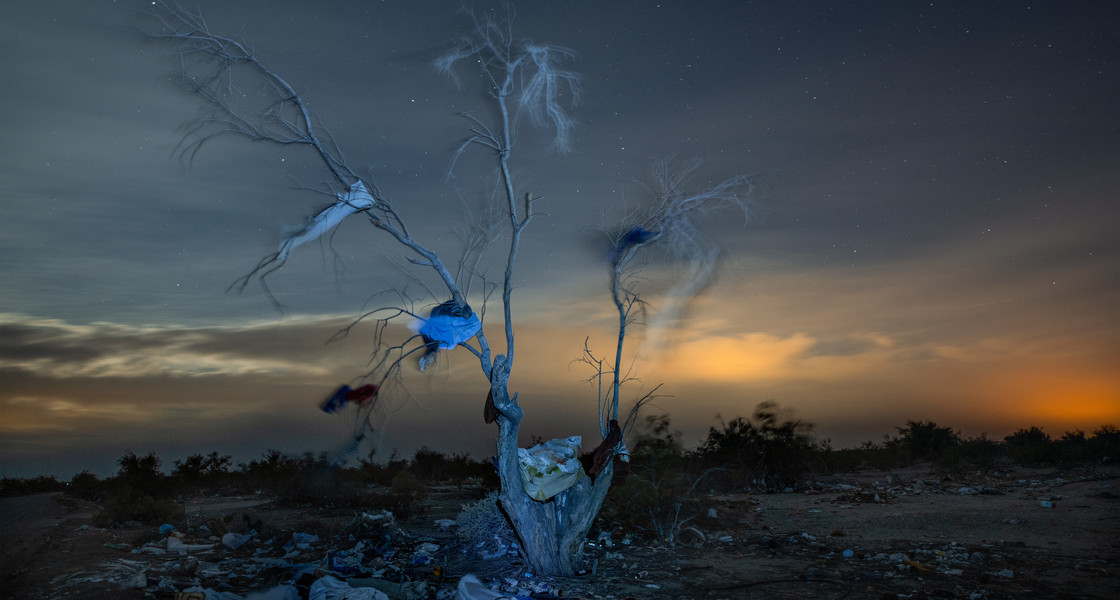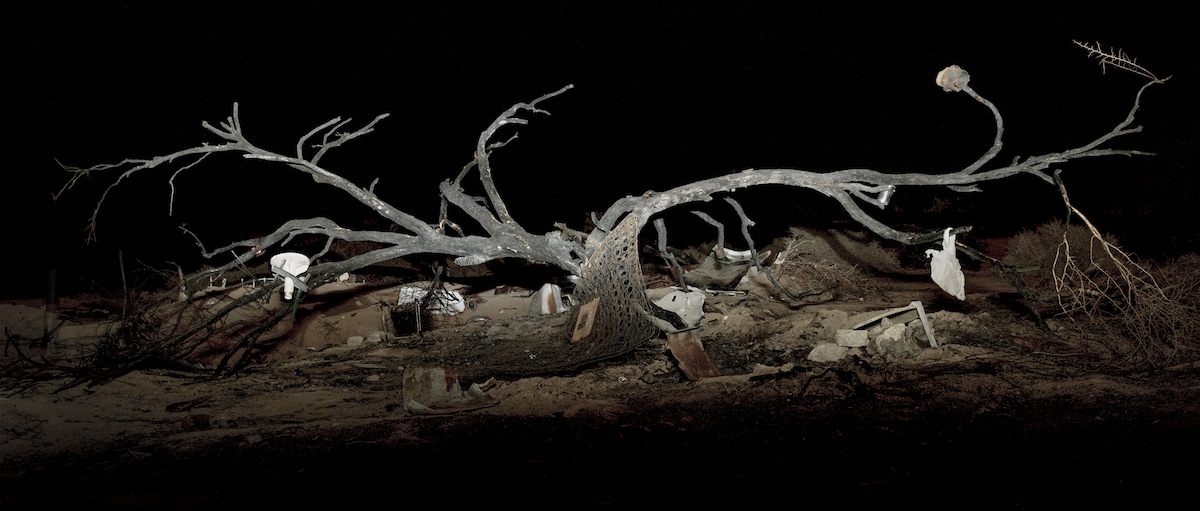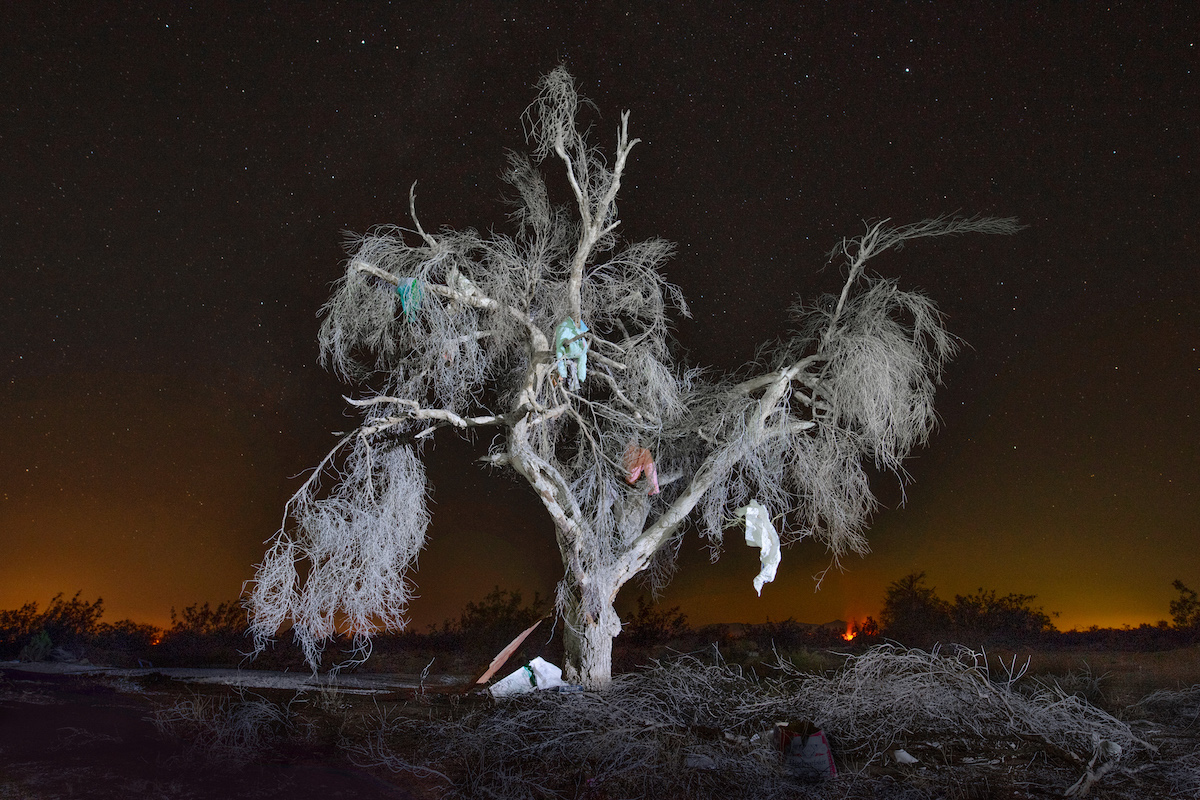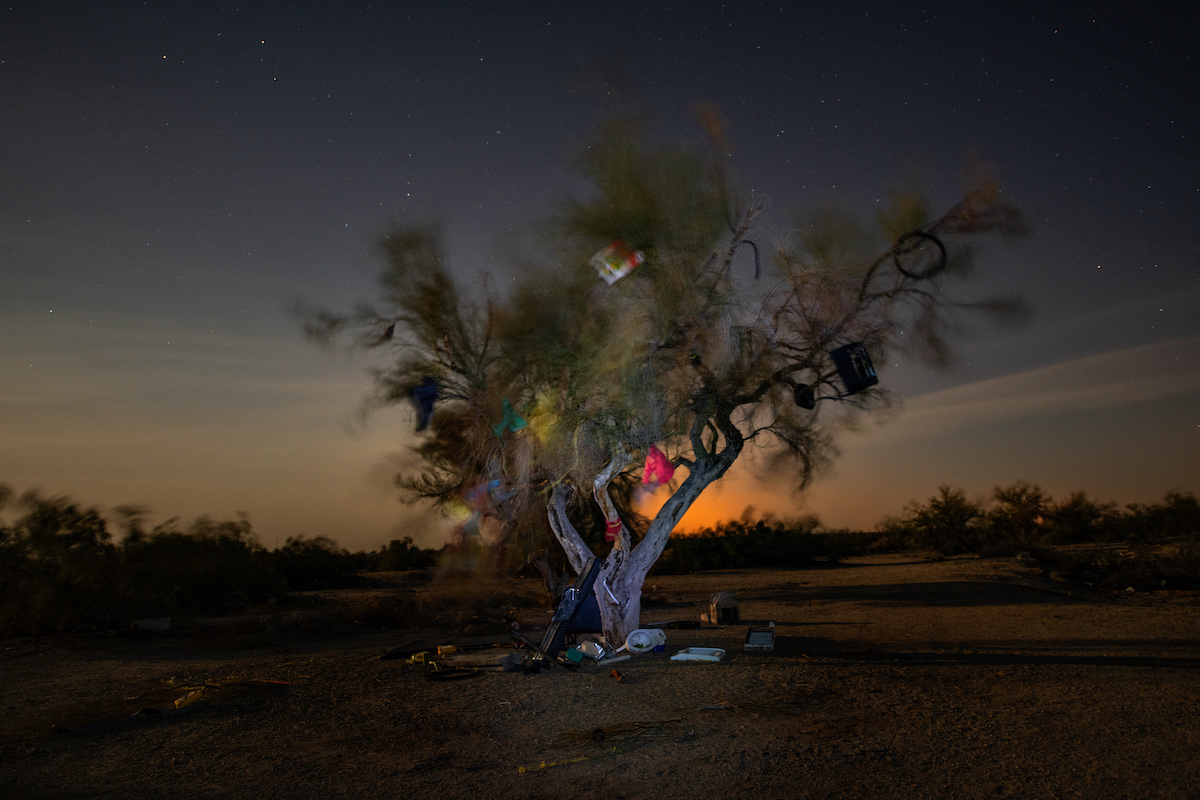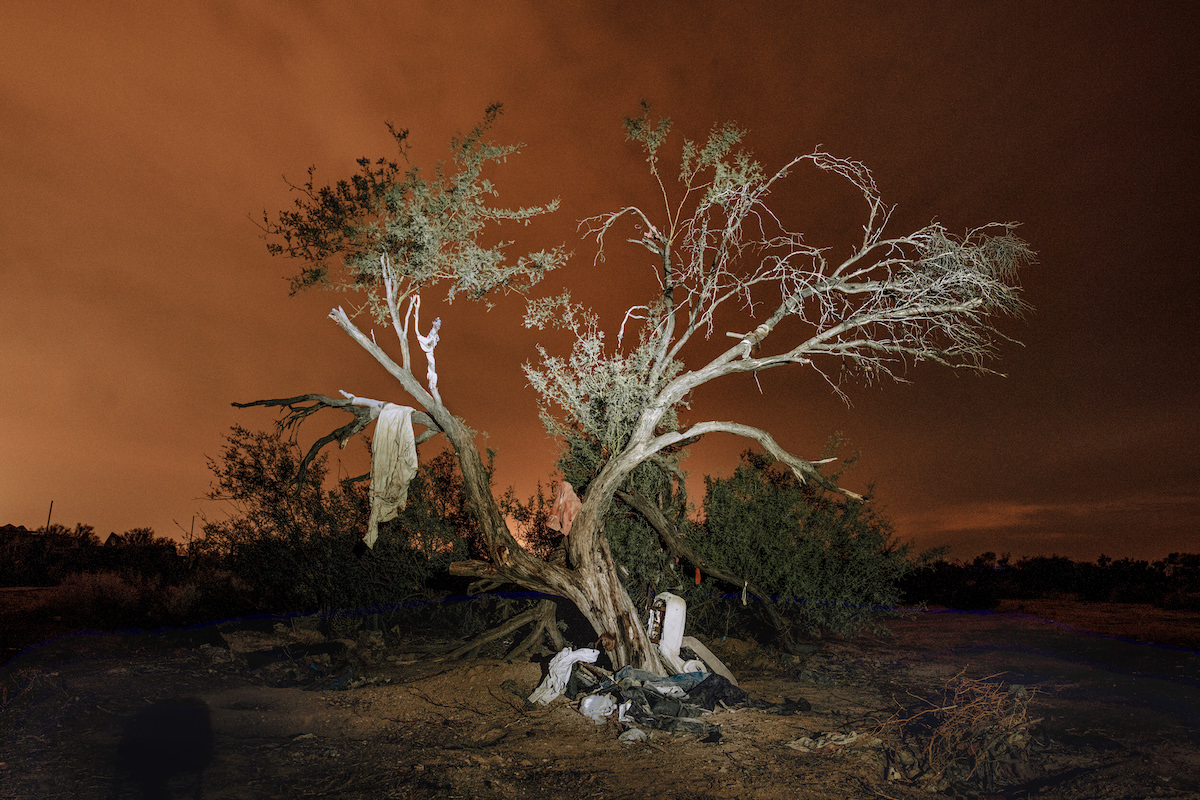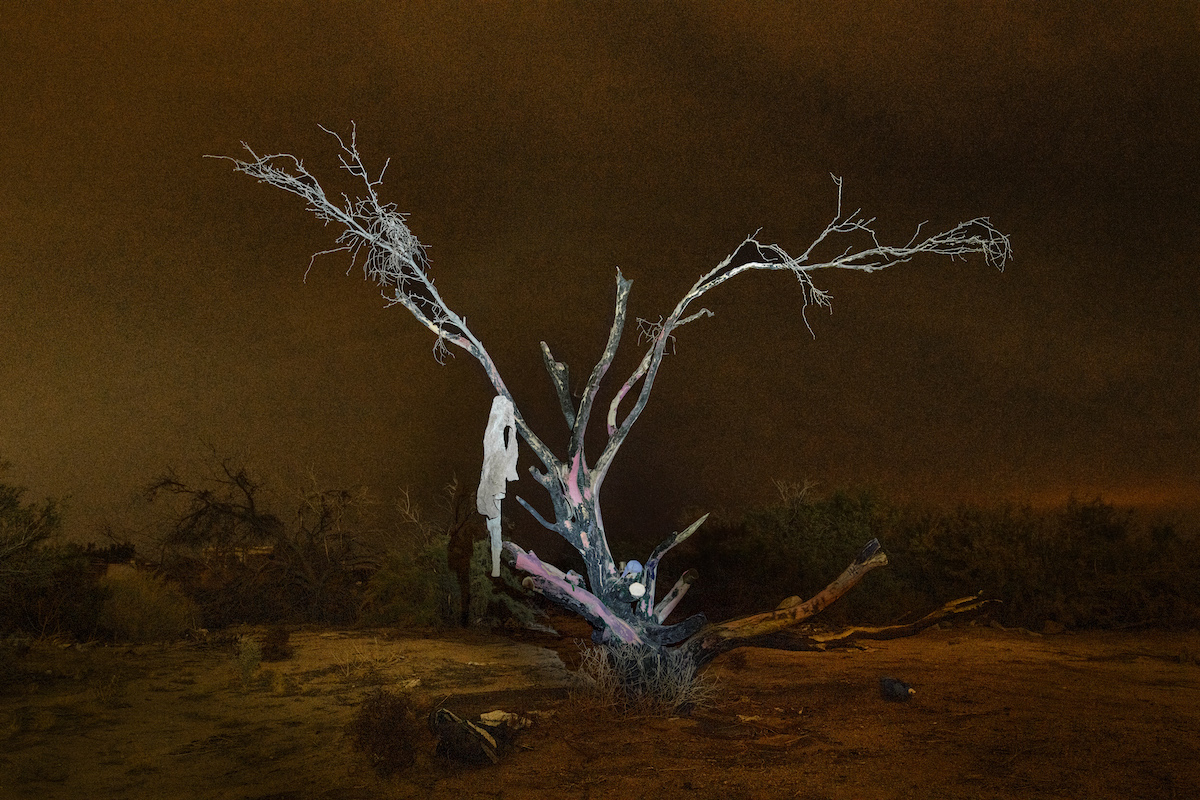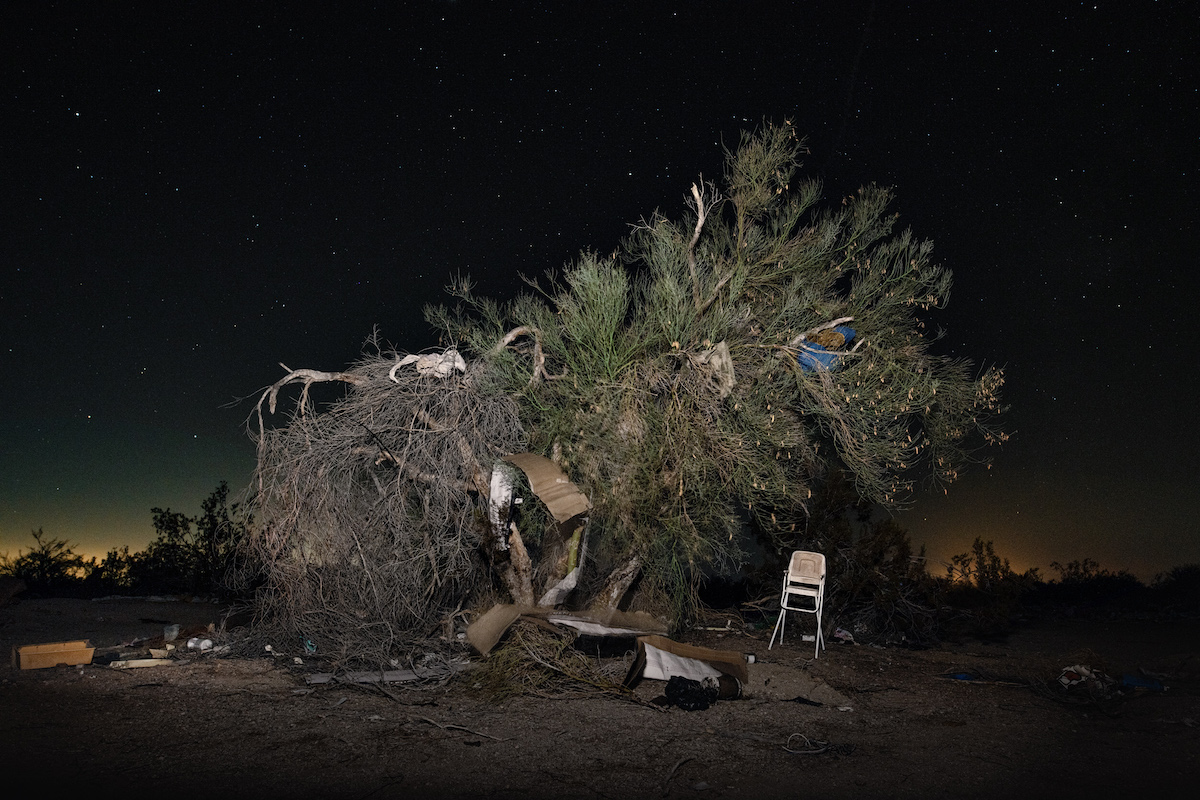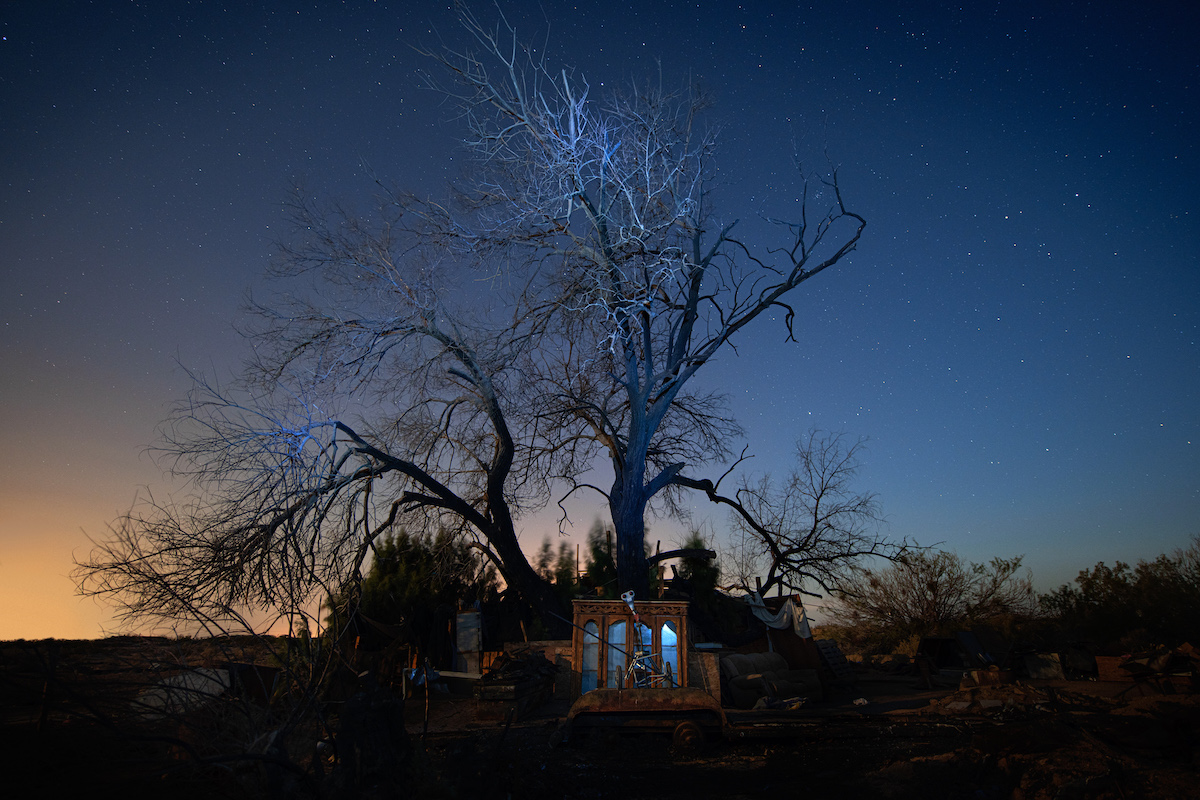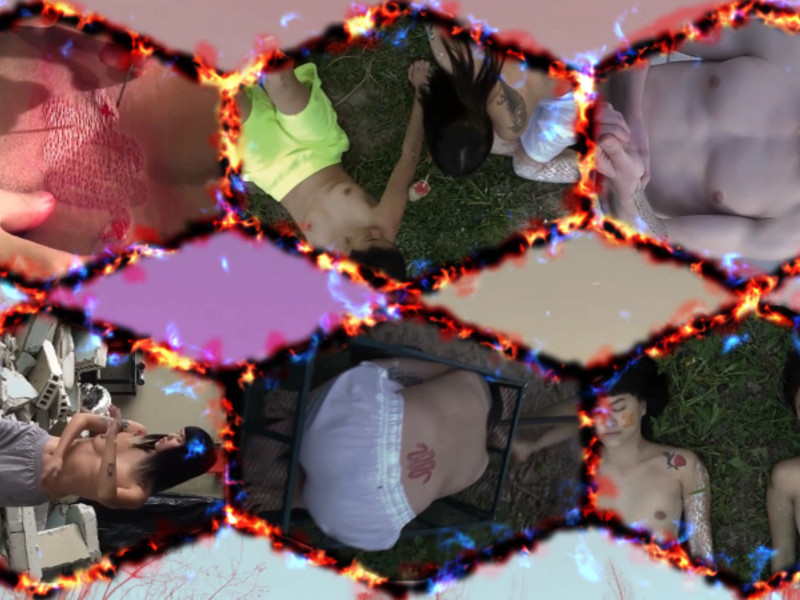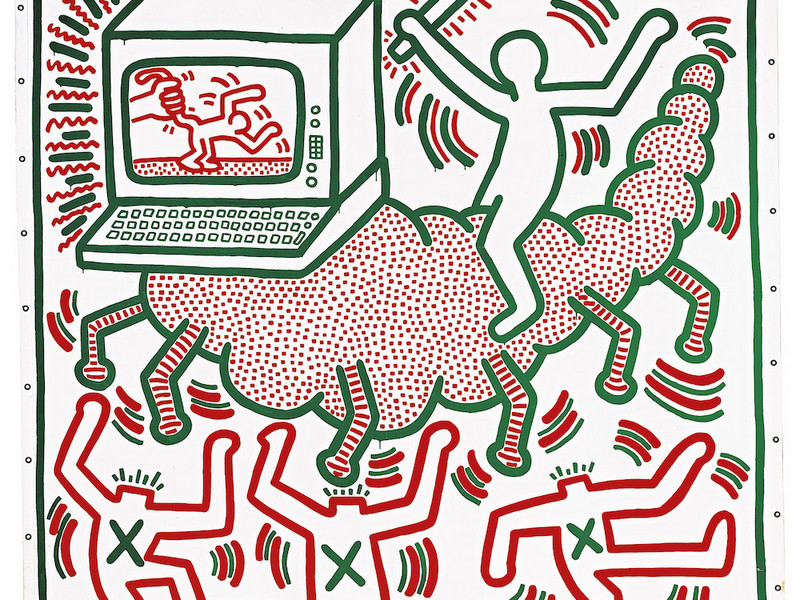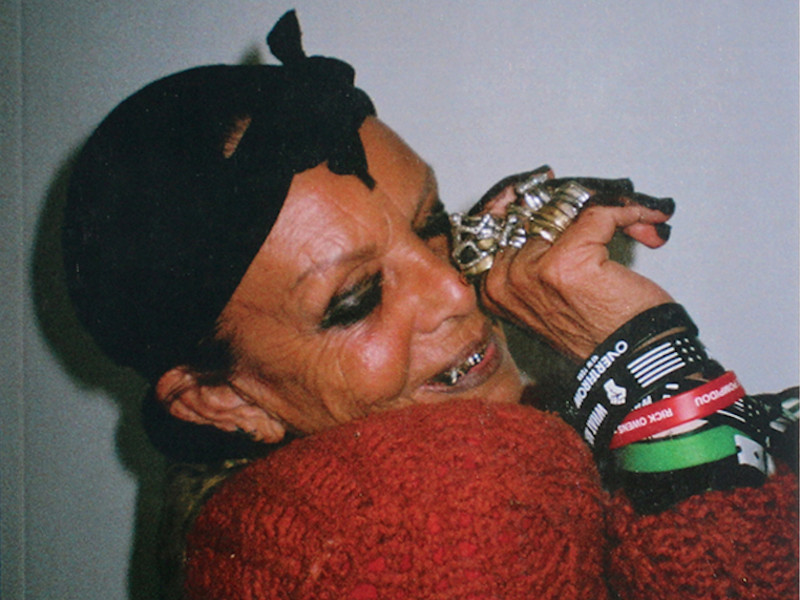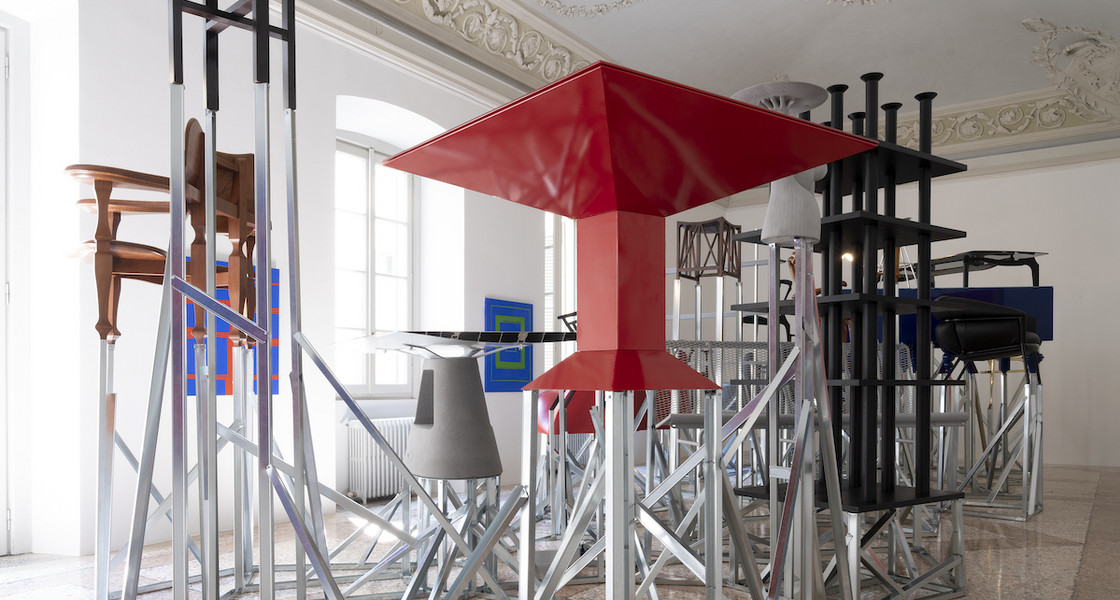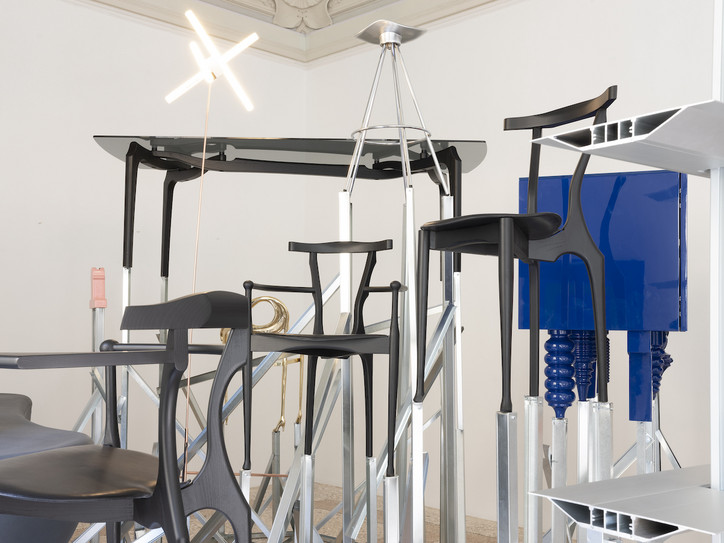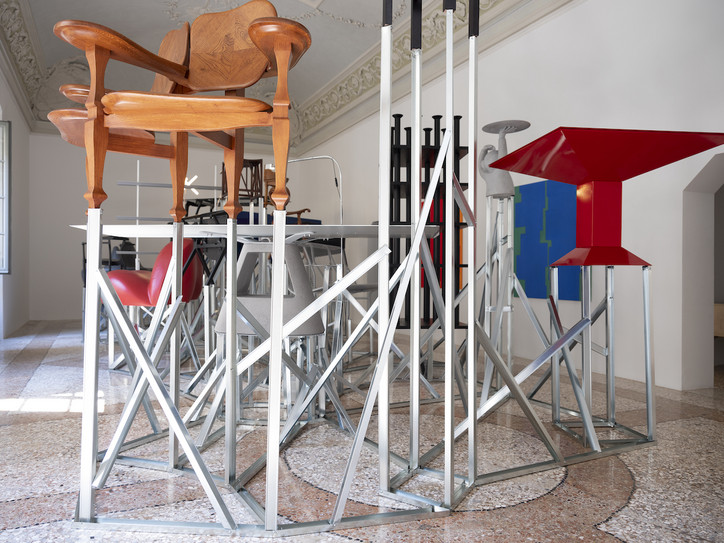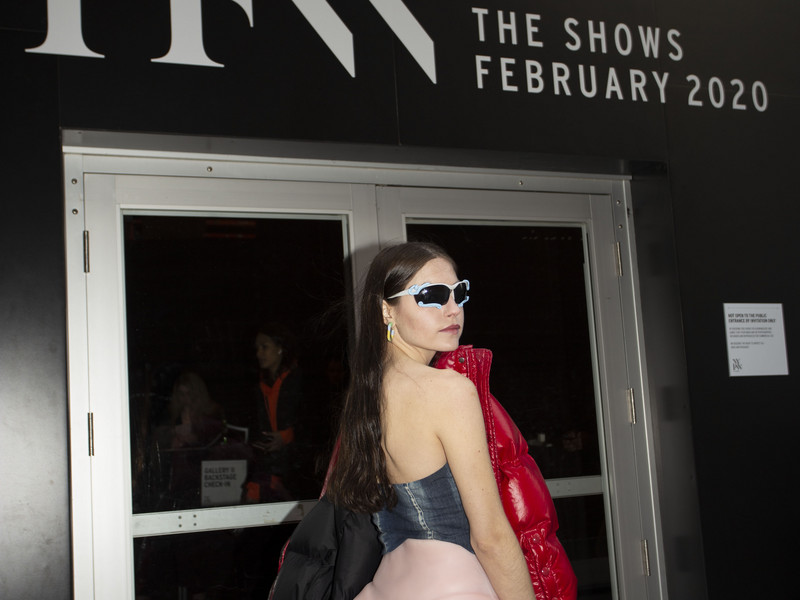Designed by the member Igor Urdampilleta’s studio, Arquitectura-G, aluminium beams ran across and below the furniture like bands of skeletal limbs under muscles. The streaks rose, and pieces such as Konstantin Grcic’s ‘Chair B’ peeped over ‘Dalílips’ (designed by Salvador Dalí and Tusquets). Jaime Hayon’s iconic ‘Multileg’ rested upon thin rectangular bars, its solid alder limbs all modular and rippling, finished in a glossy, lacquered blue. The steel grasped the pieces into place like industrial prototypes. They echoed the analogue machine, playing the part of rigid grammar in the creative language of furniture design.
The chairs (or ‘artworks’ depending on your perspective) sit upon contemporary creativity and insist upon a precision that works excellently with its location at the Peres Projects’ art gallery in Palazzo Beligioioso. The nonconformist structures float between the painted backdrops of colour and abstract shapes created by Beth Letain, whose vivid palette adds to the harmony of the space with unintrusive lines and flat blocks of reds, greens and blues. Standing out against the red forms in Letain’s Obstacle (2023) is Ettore Sottsass’ table, ‘Mettass’, created the same year as BD and reintroduced in 2012 at Salone del Mobile during Milan Design Week 11 years ago. The bulging tables, stools, lights and couches punch through the centre of the space, pumping three-dimensional awe into the room. As much as they are inspiring, the furniture is still highly functional, and this combination supports the critical balance required for Design Week.
Of course, they still pertain to the artistic realm of design. However, the authenticity of its designers and the uniqueness of its products cements the eclectic into the now and the visible into the desirable. Beyond all the armchairs, beams and decorative infrastructure, BD showed Milan and the design sector its true refinement of ideas and functions.
